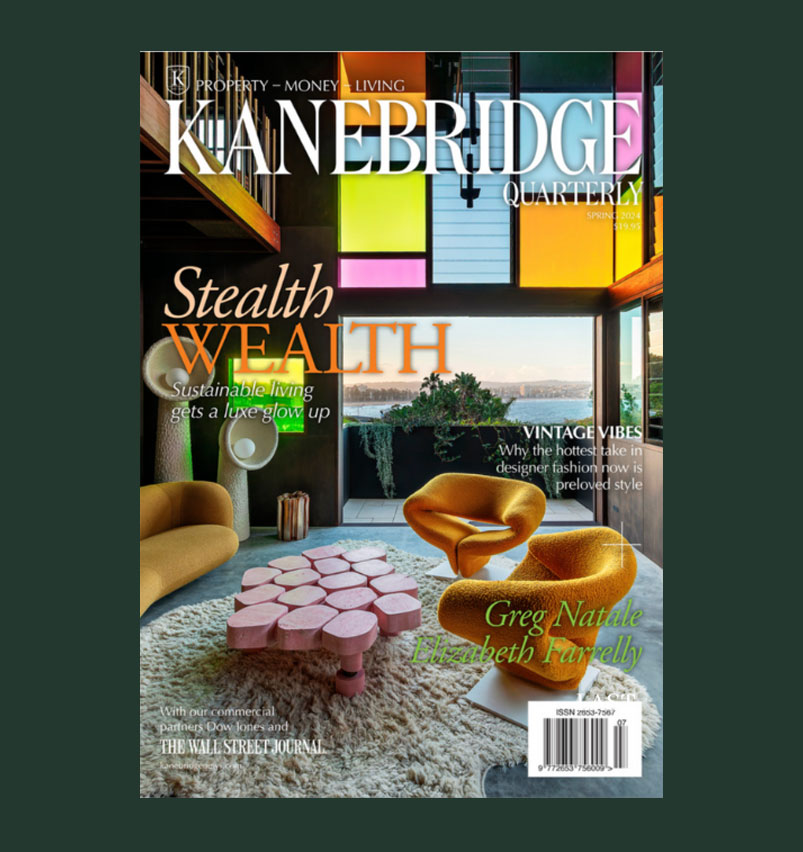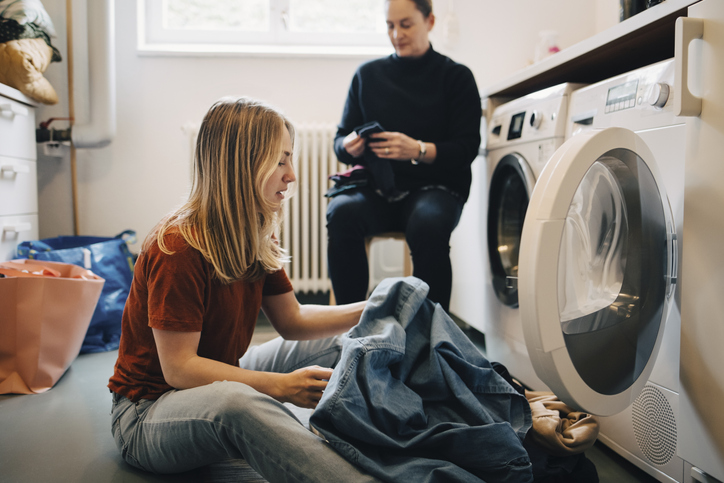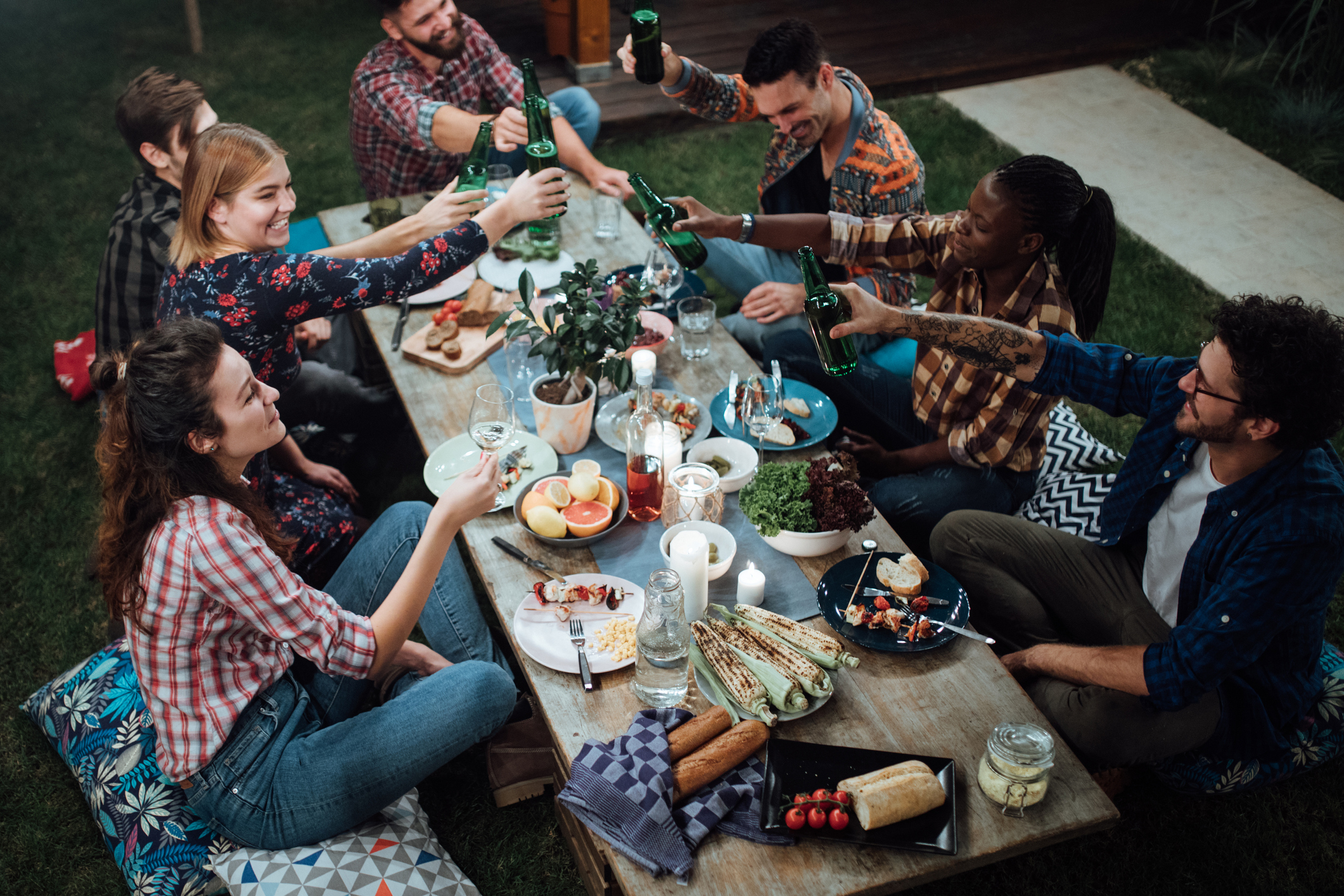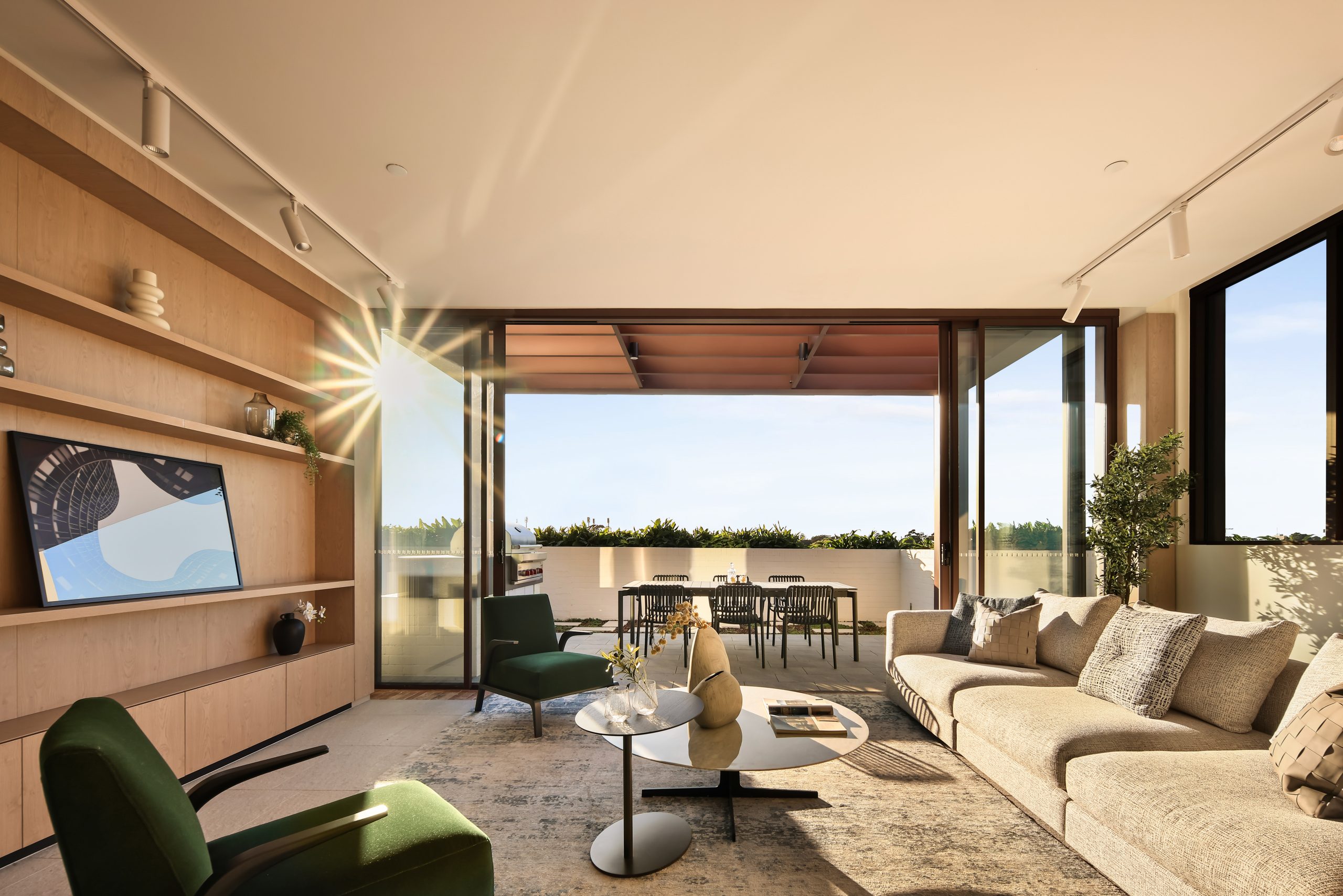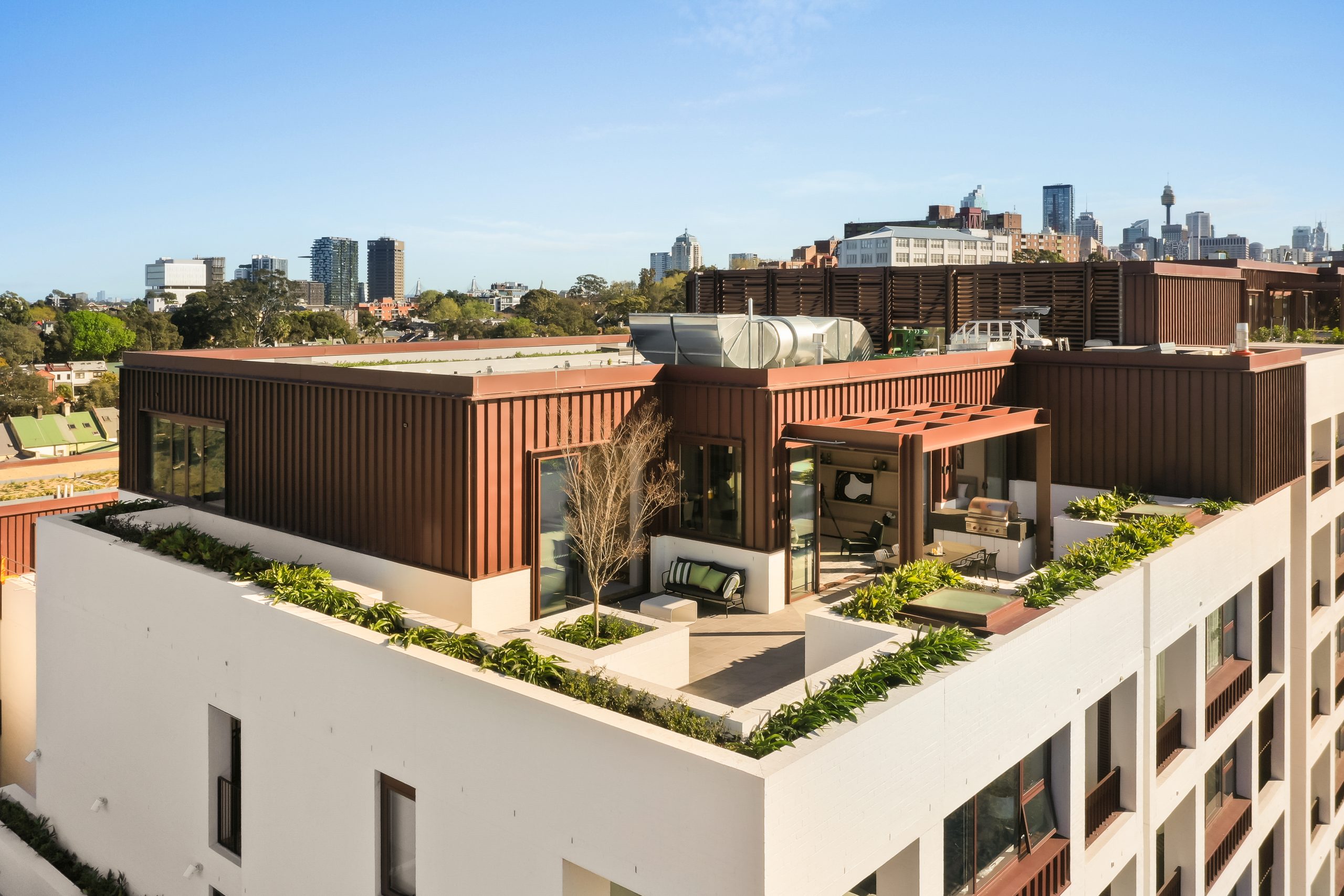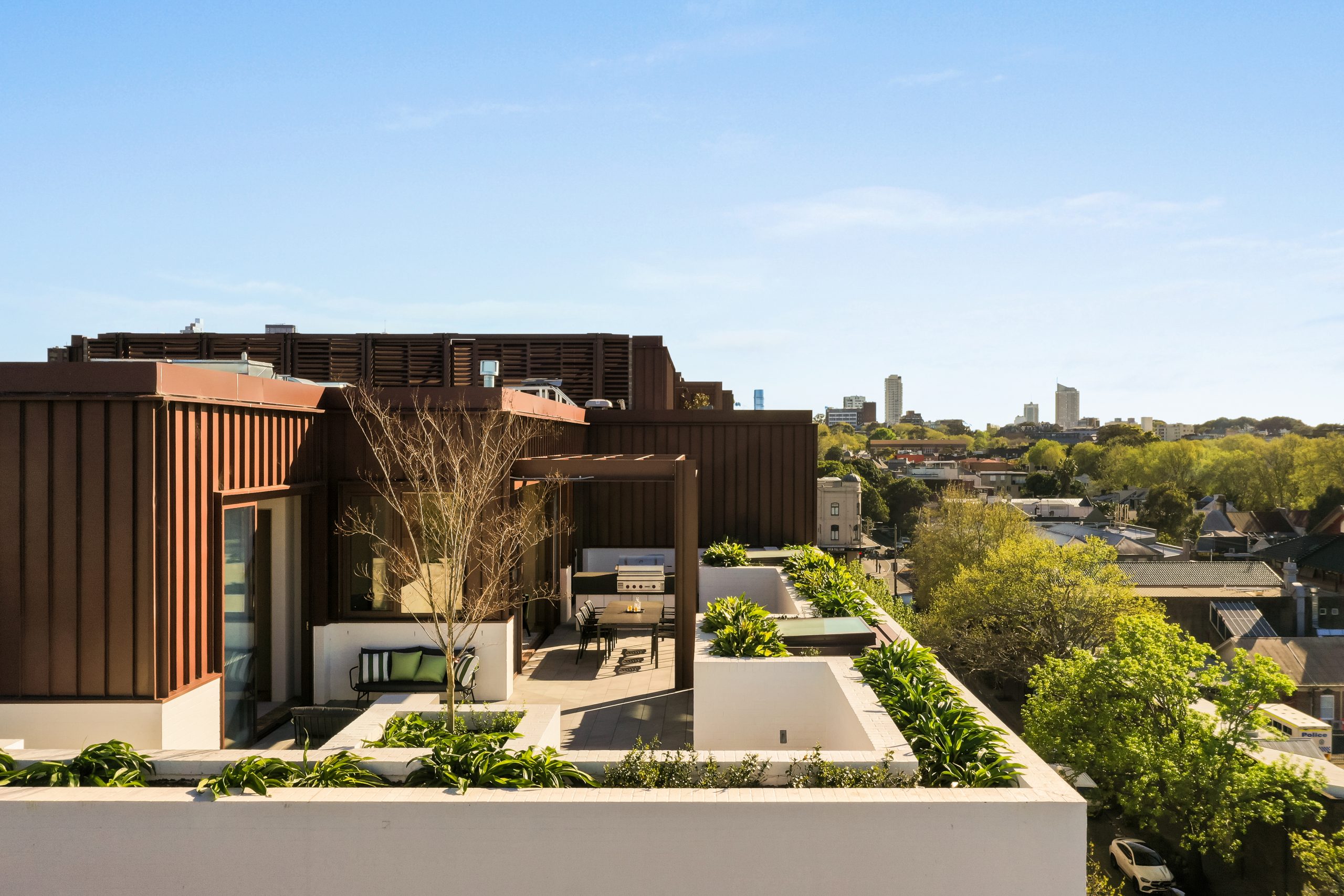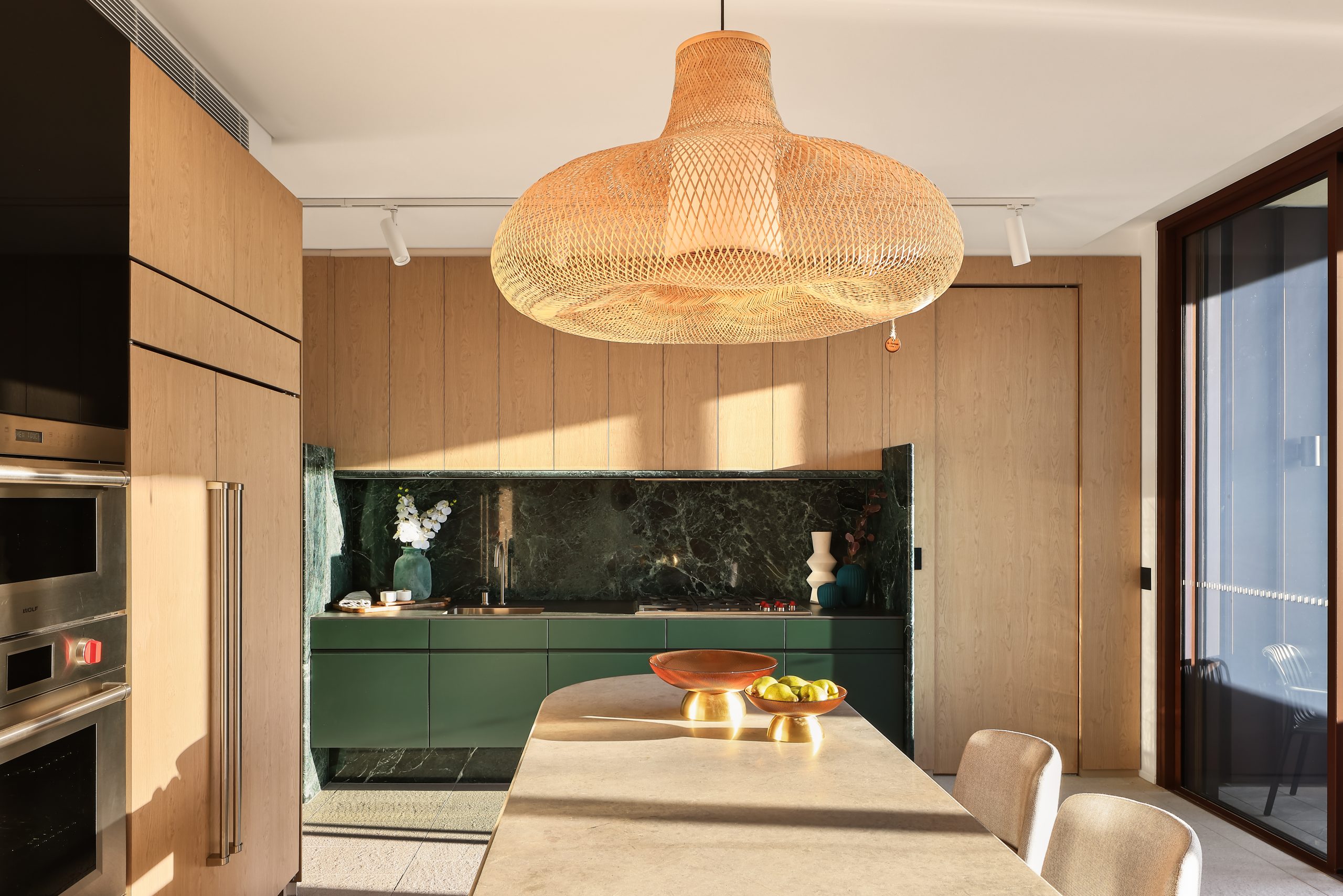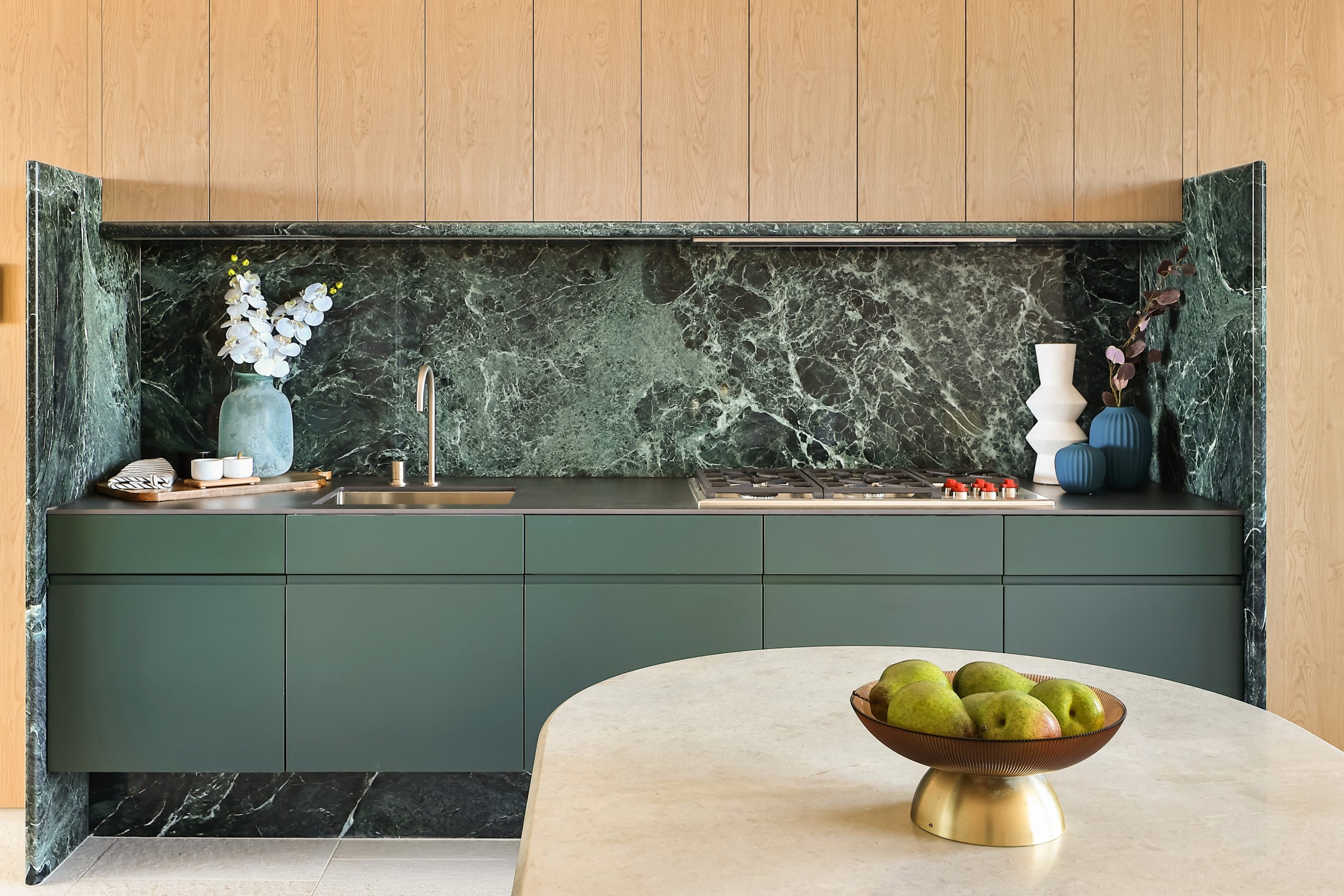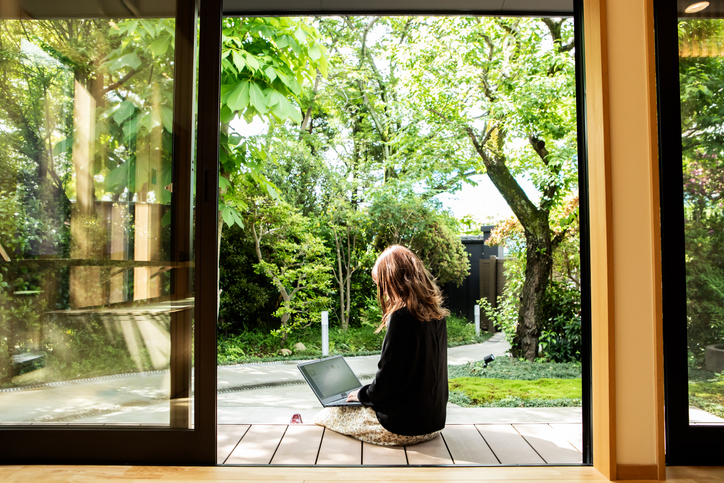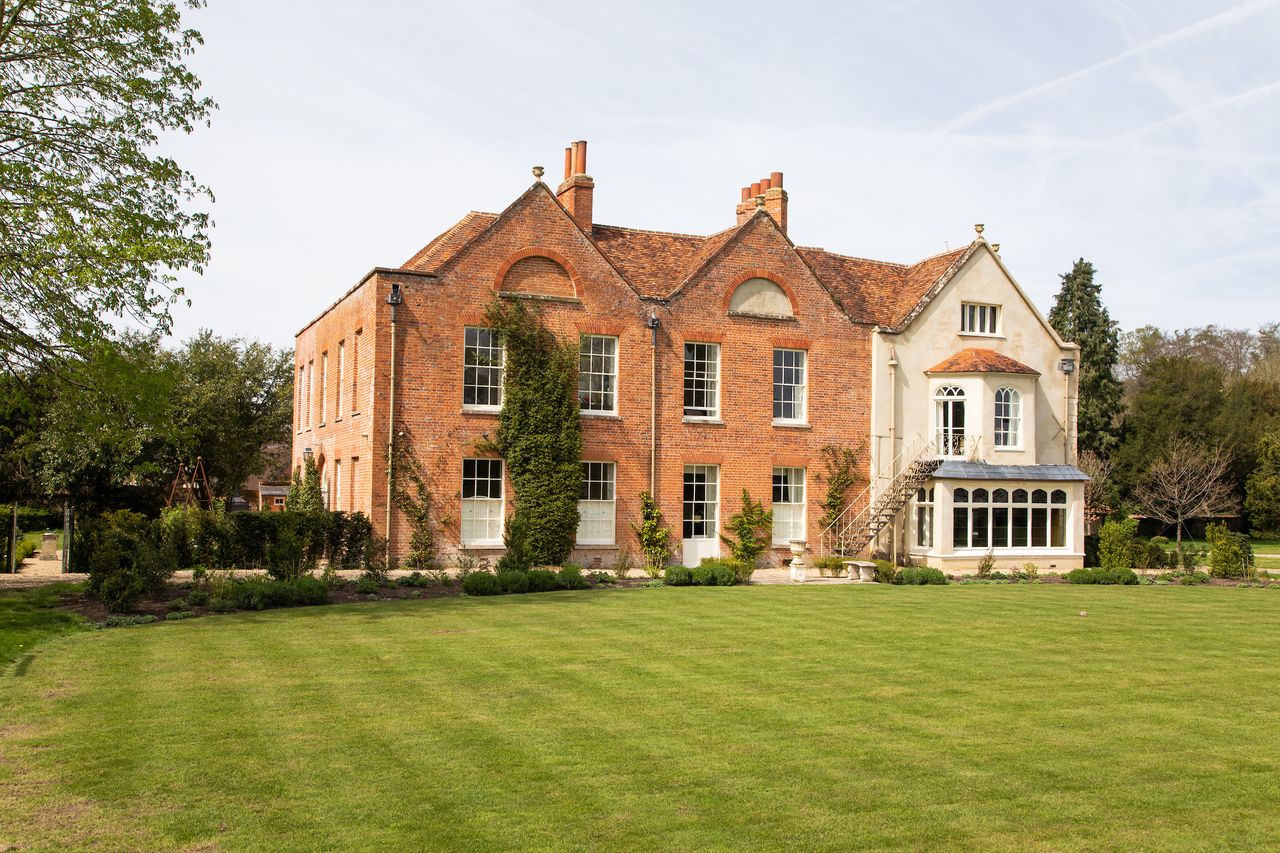The stay-at-home generation: More young Australians are living with their parents for longer
Housing affordability, higher rates of tertiary study and delayed marriage are likely drivers
A rising number of young Australians are remaining in the family home after finishing school, as economic and social factors drive them to delay independent living, according to new research. And they’re staying longer, with a marked increase in 20-somethings still living at home over the past two decades.
Just over 54 percent of young men and 47 percent of young women aged between 18 and 29 years are still living in the family home, according to the 18th annual report for the longitudinal Household, Income and Labour Dynamics in Australia (HILDA) Survey. The survey tracks the lives of 17,000 Australians and reports each year on various aspects of life, including health and education, household and family relationships, and income and work. The latest HILDA data was collected in 2021 during the pandemic.
HILDA Survey Co-Director, Professor Roger Wilkins from Melbourne University, said the trend of more young people remaining in the family home began in the early 2000s. He attributes it to a variety of social and economic elements.
“We’ve seen a rise in higher education participation, declining full-time employment opportunities for young people, a rising cost in housing, and a trend towards later marriage and family formation,” he said.
Over the past 20 years, the prevalence of young people living with their parents has been highest among those aged 18 to 21 years, which is unsurprising given these are the first few years of post-school adulthood when many young people are studying and unable to work full time. However, the data also shows that young people are living with mum and dad for longer periods — and well into their 20s.
Among 18 to 29-year-olds, the age category that has seen the most growth in young men living at home is 22 to 25 years. It’s up 12 percent from 42.1 percent in 2001 to 54.1 percent in 2021. Among women, the age category with the highest growth is 18 to 21 years, up 17.6 percent from 61.9 percent in 2001 to 79.5 percent in 2021. The age category with the second highest growth rate for both men and women is 26 to 29 years, up 9.9 percent for men and 11.6 percent for women since 2001.
Professor of Sociology and Social Policy at Melbourne University, Lyn Craig, said the trend has broad macroeconomic implications for Australia. “Since the mid-20-teens, fertility has fallen below replacement in Australia for the first time and I think that has something to do with the price of housing and young people not being able to afford to establish an independent household away from parents,” she said.
During the early 2000s when this trend began, the Australian housing market was in a boom and buying was difficult for young people to afford. Today, simply renting has become hard to afford, particularly following a 40 percent surge in rents nationally since the pandemic began.
While some young people are constrained by economic factors, others are likely delaying independence by choice, Professor Wilkins said.
“Some young people would like to start their adulthood journey and to have their own home but Australia’s economic conditions aren’t allowing that. On the positive side, as a richer society with longer life expectancy, perhaps some young people are making a rational and conscious choice to delay getting into the hard yakka of life. They decide to enjoy themselves and have some fun while they are still young.”
This stylish family home combines a classic palette and finishes with a flexible floorplan
Just 55 minutes from Sydney, make this your creative getaway located in the majestic Hawkesbury region.
A Sydney site with a questionable past is reborn as a luxe residential environment ideal for indulging in dining out
Long-term Sydney residents always had handful of not-so-glamourous nicknames for the building on the corner of Cleveland and Baptist Streets straddling Redfern and Surry Hills, but after a modern rebirth that’s all changed.
Once known as “Murder Mall” or “Methadone Mall”, the 1960s-built Surry Hills Shopping Centre was a magnet for colourful characters and questionable behaviour. Today, however, a $500 million facelift of the site — alongside a slow and steady gentrification of the two neighbouring suburbs — the prime corner property has been transformed into a luxury apartment complex Surry Hills Village by developer Toga Group.
The crowning feature of the 122-apartment project is the three-bedroom penthouse, fully completed and just released to market with a $7.5 million price guide.
Measuring 211sqm of internal space, with a 136sqm terrace complete with landscaping, the penthouse is the brand new brainchild of Surry Hills local Adam Haddow, director of architecture at award-winning firm SJB.
Victoria Judge, senior associate and co-interior design lead at SJB says Surry Hills Village sets a new residential benchmark for the southern end of Surry Hills.
“The residential offering is well-appointed, confident, luxe and bohemian. Smart enough to know what makes good living, and cool enough to hold its own amongst design-centric Surry Hills.”
Allan Vidor, managing director of Toga Group, adds that the penthouse is the quintessential jewel in the crown of Surry Hills Village.
“Bringing together a distinct design that draws on the beauty and vibrancy of Sydney; grand spaces and the finest finishes across a significant footprint, located only a stone’s throw away from the exciting cultural hub of Crown St and Surry Hills.”
Created to maximise views of the city skyline and parkland, the top floor apartment has a practical layout including a wide private lobby leading to the main living room, a sleek kitchen featuring Pietra Verde marble and a concealed butler’s pantry Sub-Zero Wolf appliances, full-height Aspen elm joinery panels hiding storage throughout, flamed Saville stone flooring, a powder room, and two car spaces with a personal EV.
All three bedrooms have large wardrobes and ensuites with bathrooms fittings such as freestanding baths, artisan penny tiles, emerald marble surfaces and brushed-nickel accents.
Additional features of the entertainer’s home include leather-bound joinery doors opening to a full wet bar with Sub-Zero wine fridge and Sub-Zero Wolf barbecue.
The Surry Hills Village precinct will open in stages until autumn next year and once complete, Wunderlich Lane will be home to a collection of 25 restaurants and bars plus wellness and boutique retail. The EVE Hotel Sydney will open later in 2024, offering guests an immersive experience in the precinct’s art, culture, and culinary offerings.
The Surry Hills Village penthouse on Baptist is now finished and ready to move into with marketing through Toga Group and inquiries to 1800 554 556.
This stylish family home combines a classic palette and finishes with a flexible floorplan
Just 55 minutes from Sydney, make this your creative getaway located in the majestic Hawkesbury region.



